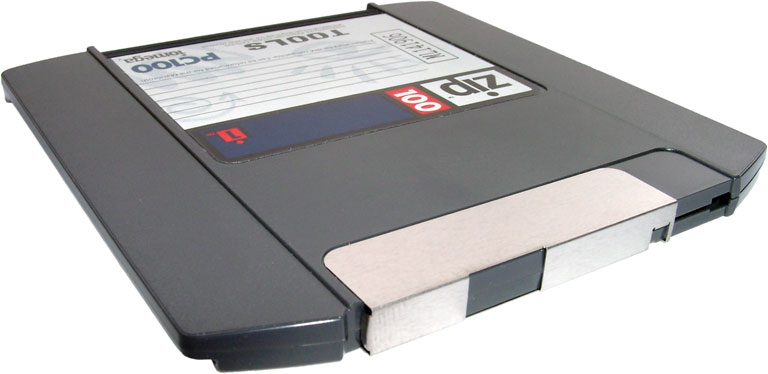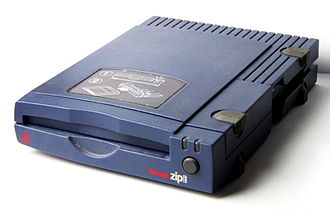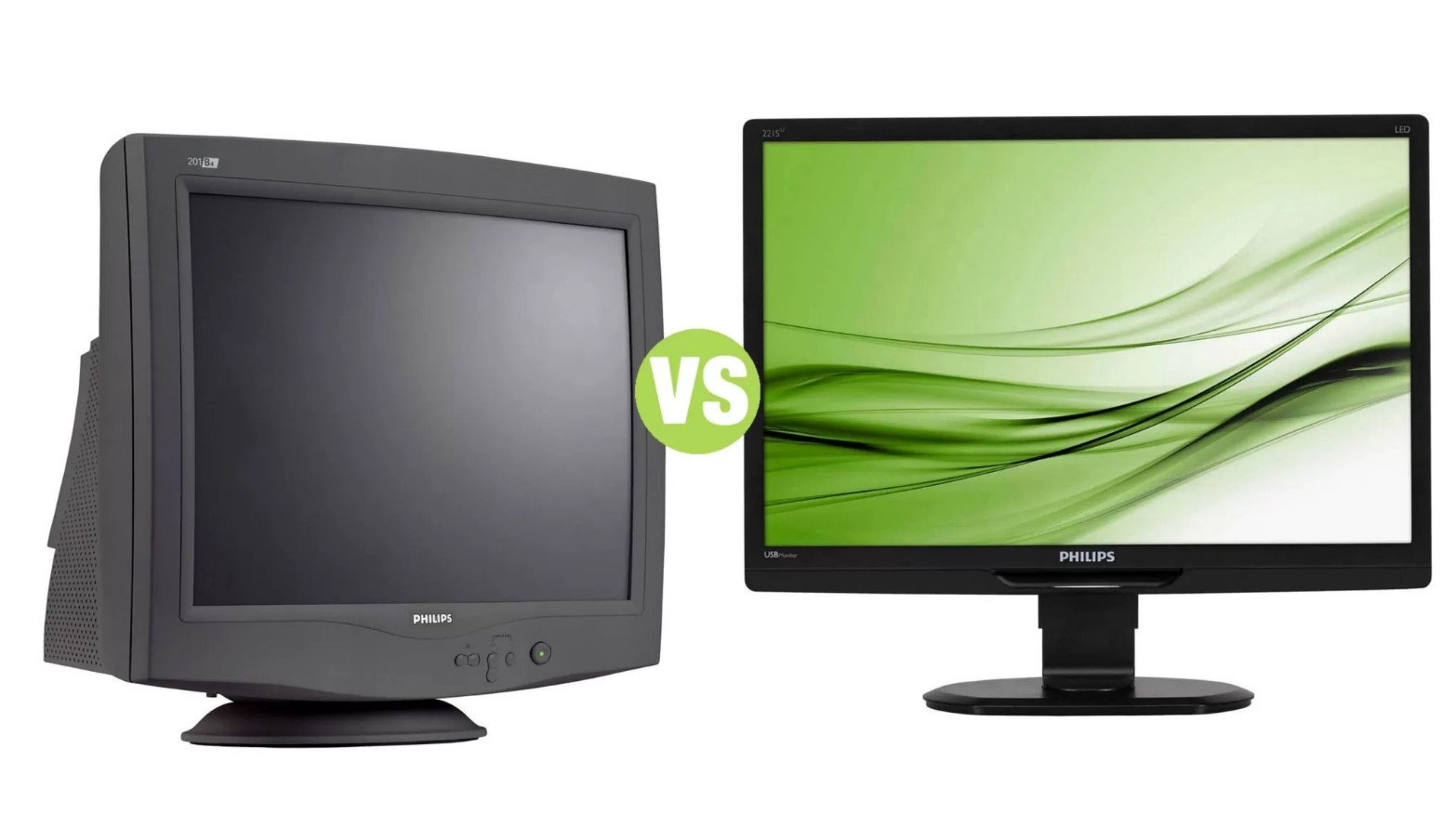In the not-so-distant past, when floppy disks were the go-to storage medium, a revolutionary device emerged that promised to change the game forever – the Zip drive. Developed by Iomega Corporation, the Zip drive was a high-capacity, portable storage solution that captured the imagination of computer users worldwide. In this article, we will take a trip down memory lane and explore the fascinating story of Zip drives, their impact on the industry, and why they eventually faded into obscurity.
In the early 1990s, computer users were increasingly finding themselves limited by the meager storage capacity of floppy disks, which could only hold 1.44MB of data. As software and media files grew larger, a demand for a more capacious and portable storage solution arose.
In 1994, Iomega Corporation introduced the Zip drive, a removable storage device that utilized high-capacity Zip disks. With a storage capacity of 100MB (later increased to 250MB and 750MB), the Zip drive offered computer users an unprecedented amount of space to store their files and data.
The Zip drive quickly gained popularity among both home and professional users. Its larger storage capacity made it ideal for backing up important files, transferring large data sets, and even storing multimedia content. Zip drives became a common sight in offices and homes worldwide. The success of the Zip drive led to the emergence of competing products, such as the LS-120 SuperDisk and the ORB drive. While these alternatives offered similar storage capacities, they failed to gain the same level of popularity and compatibility that the Zip drive enjoyed.

One of the main drawbacks of Zip drives was their relatively high cost, both for the drive itself and the Zip disks. This made them less accessible for budget-conscious consumers, who often opted for the more affordable and familiar floppy disks. Despite being hailed as a breakthrough technology, Zip drives were not without their flaws. Users reported issues with data corruption, disk read errors, and mechanical failures, causing frustration and loss of valuable data. These reliability concerns tainted the reputation of Zip drives and eroded consumer confidence.
As technology continued to evolve, the advent of CD-RW drives and USB flash drives offered even higher storage capacities and greater convenience. These alternatives, coupled with their increasing affordability, gradually replaced Zip drives as the preferred portable storage solution. In 2003, Iomega Corporation discontinued the production of Zip drives, marking the end of an era. While Zip drives faded into obscurity, their impact on the industry cannot be denied. They paved the way for future advancements in portable storage and inspired the development of more reliable and versatile devices.
Zip drives may have become a forgotten pioneer in the world of portable storage, but their legacy lives on. They revolutionized the way we stored and transported data, and their larger storage capacities set the stage for future advancements in the field. While technology has moved on, it’s essential to acknowledge the impact that Zip drives had on our digital lives. They will forever hold a special place in the hearts of those who witnessed their rise and fall.





